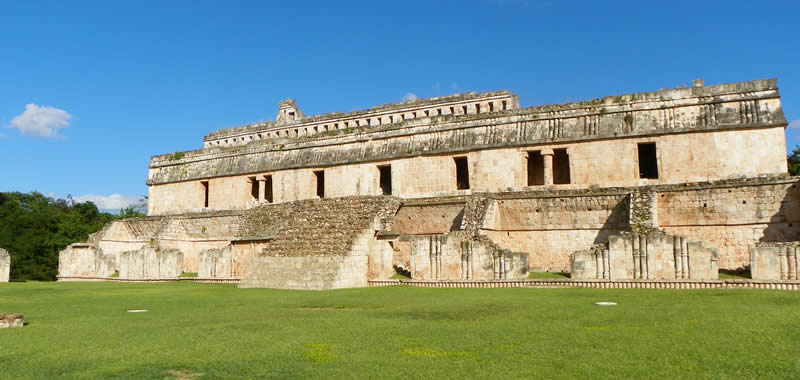Last July, the state of Yucatán experienced the highest influx of archaeological tourism in 2023, with around 301,000 visitors, as reported by the National Institute of Anthropology and History (INAH).
In fact, so far this year, 1,760,000 visitors have arrived at the 15 archaeological sites open to the public, of which three out of every four went to Chichén Itzá.
Likewise, for the seventh consecutive month, the ancient city of the Itza people has been the most visited pre-Columbian city in the country, receiving one out of every four tourists who visited the 178 sites in the country.
In July alone, 301,457 tourists entered the sites, the highest monthly figure of the year. In March, there were 277,637 visitors, and the lowest of the year was in May with 198,451.

Nationally, archaeological and museum tourism reached a total of 11,025,908 visitors, with an annual increase of 30.59 percent.
Chichén Itzá alone welcomed 1,323,484 tourists, accounting for 20.67 percent. It was followed by Teotihuacan in the State of Mexico, with 1,120,920 visitors (17.5 percent), and Tulum in Quintana Roo, with 869,981 visitors (13.58 percent).
These three sites alone received 51.75 percent of the total national visitors, slightly over half.
Uxmal ranked eighth in the national list of visitor numbers, Ek’Balam in ninth place, Dzibilchaltún in 21st place, Mayapán in 25th, Kabah in 29th, Xkambó in 46th, Izamal in 47th, Aké in 54th, Labná in 62nd, Sayil in 69th, and Oxkintok in 81st.

Finally, after the closure of sites due to Covid-19 on March 23, 2020, the Balamcanché Caves and the Loltún Caves have yet to be reopened to tourists, meaning they have been closed for three years and four months.
TYT Newsroom



